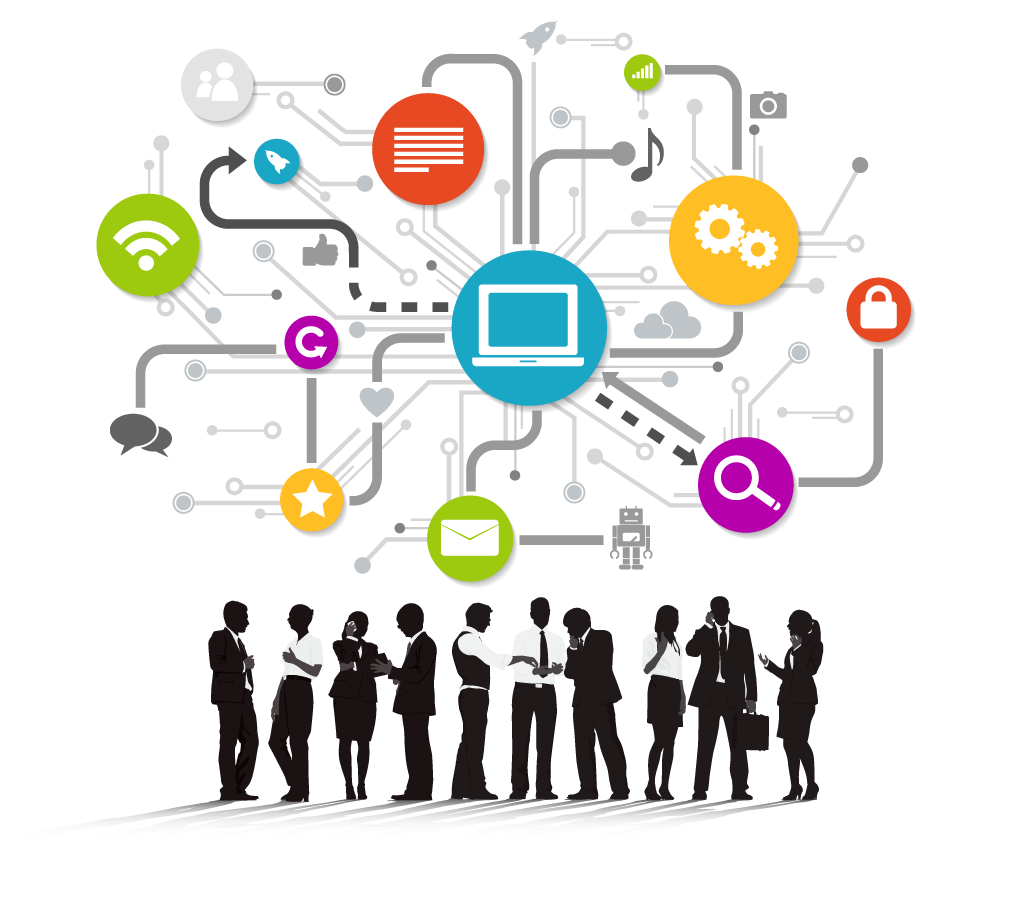01
Introduce
Understanding the capabilities and constraints of the present IT environment, as well as documenting essential business processes and how they're covered by existing software. Eliciting business requirements and concerns regarding the existing and desired business process flows. Analyzing a broad business strategy (for example expected company growth and IT budgets) that may influence architectural and tech choices for planned software. This includes drawing up high-level functional and technical requirements to software. Evaluating the risks of the new system's deployment having a negative impact on business operations (e.g., lost productivity and downtime associated with shifting to new digital procedures, business user training).




